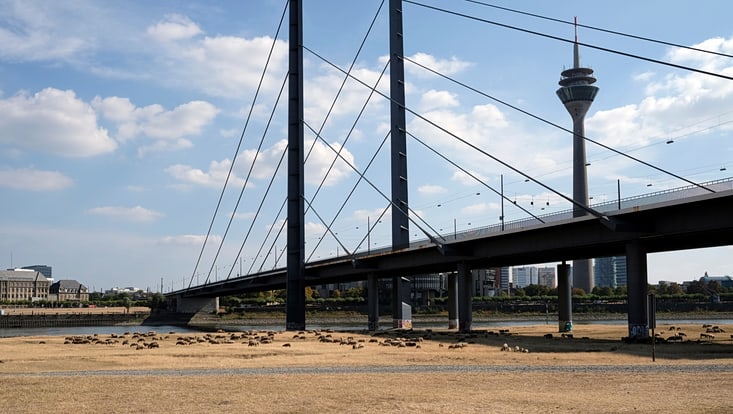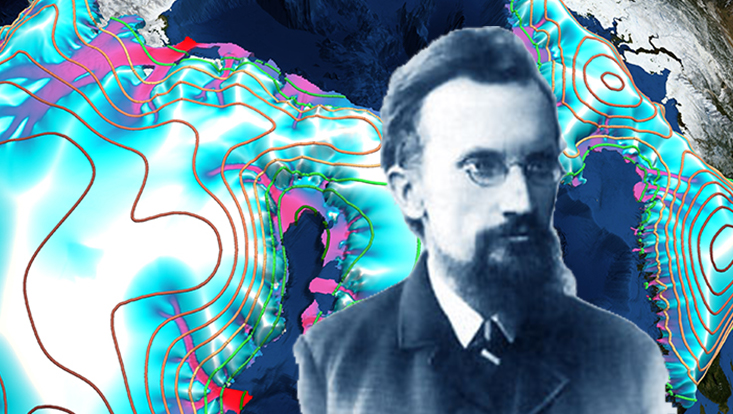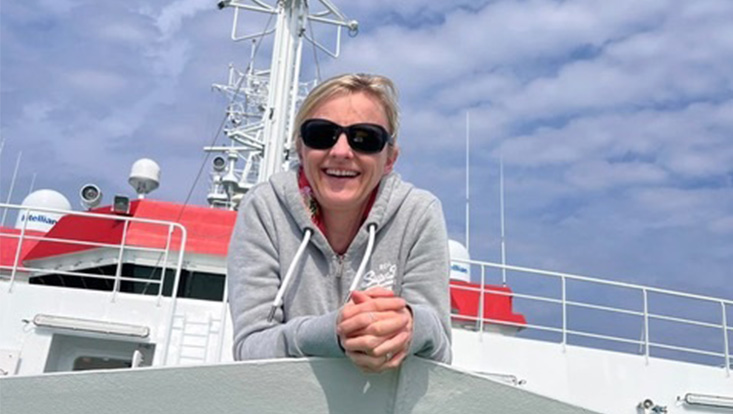Extreme WeatherHeatwaves in Northern and Central Europe becoming more intense and unpredictable
30 October 2025, by Thomas Merten

Photo: Adobe Stock/lensw0rld
Due to climate change, heatwaves in Europe are not only becoming more frequent and hotter but also increasingly unpredictable. An international team led by climate scientist Dr. Goratz Beobide-Arsuaga from the Earth and Society Research Hub (ESRAH) at the University of Hamburg has now shown that global warming is also making the natural fluctuations of the climate system more extreme. The study has been published in Nature Communications.
“Europe is a real hotspot. The intensity of heatwaves is increasing three to four times faster here than in other regions of the Northern Hemisphere,” says Beobide-Arsuaga. Until now, scientists assumed this was solely due to rising average temperatures. “Now we see that the inner dynamics of the climate system are changing as well, and that can further amplify the heat.”
According to the study, this means a more unstable climate and more sudden, intense heatwaves in Central and Northern Europe. The reason largely lies in soil moisture. In countries such as Germany, Poland, the Czech Republic, and Denmark, soils will alternate more often between wet and dry phases in summer. Wet soils can cool the air, but only as long as they remain truly wet. When soils fluctuate between moist and dry, they can actually intensify heatwaves. As the ground loses moisture, less water evaporates, the air cools less, and the surface heats up even more.
“Chaotic summers that used to be typical of the South”
In Southern Europe, by contrast, in countries such as Spain, Italy, Greece, or across the Balkans, soils are already so dry that if they dry out any further, they will hardly interact with the atmosphere at all. There is simply no water left to evaporate and influence the weather. As a result, temperature fluctuations there become smaller, but overall heat remains persistently high. “When the soil can still respond, the atmosphere becomes restless. Once it’s completely dry, the system stabilizes, but at a very high level,” explains Beobide-Arsuaga. “That’s why Central Europe is now experiencing the more chaotic summers that used to be typical of the South.”
These changes are not a distant prospect. “We’re already observing this development in Central Europe,” says Beobide-Arsuaga. “Recent summers have been unusually dry, with heatwaves becoming more intense and erratic. Exactly the pattern our models predict for the coming decades.”
Natural climate variability separated from global warming
For their analysis, the researchers evaluated comprehensive datasets of climate simulations, including around 250 climate simulations from five major international large-ensemble projects based in Germany, France, Canada, Japan, and Australia. Using these data, they were able for the first time to separate the effects of internal variability, the natural fluctuations of the climate system, from the overall warming trend.
The study also represents a methodological breakthrough. To capture these changes precisely, the researchers subtracted the long-term warming trend from the models, leaving only the “flicker” of the climate system itself. Beobide-Arsuaga and his colleagues could then show that the fluctuations themselves are changing as the planet warms.
New challenges for climate adaptation
For climate adaptation, this means it is no longer sufficient to respond only to rising average temperatures. Countries like Germany must also prepare for greater unpredictability. “One summer may be relatively mild, while the next suddenly breaks temperature records,” says Beobide-Arsuaga. “Variability itself becomes a risk.”
“We’re bringing together two worlds: insights into land-surface dynamics and modern climate modeling,” Beobide-Arsuaga adds. “For the first time, we can actually see the theoretical mechanisms emerging in the models.”
The findings provide a new foundation for future risk assessments and adaptation strategies across a range of sectors – from urban planning and agriculture to public health. “Those who look only at long-term averages underestimate the strain that extreme years can bring,” says Beobide-Arsuaga.
Publication
Beobide-Arsuaga G, Suarez-Gutierrez, L, Barkhordarian, A, Olonscheck, D, Baehr J (2025): Increasing central and northern European summer heatwave intensity due to forced changes in internal variability; Nature Communications; DOI: doi.org/10.1038/s41467-025-65392-w
Contact
Dr. Goratz Beobide-Arsuaga
University of Hamburg
Earth and Society Research Hub (ESRAH)
+49 40 42838-2604
goratz.beobide.arsuaga"AT"uni-hamburg.de
Dr. Thomas Merten
Public Information Officer
University of Hamburg
Earth and Society Research Hub (ESRAH)
+49 (0)40 42838 2134
thomas.merten"AT"uni-hamburg.de


